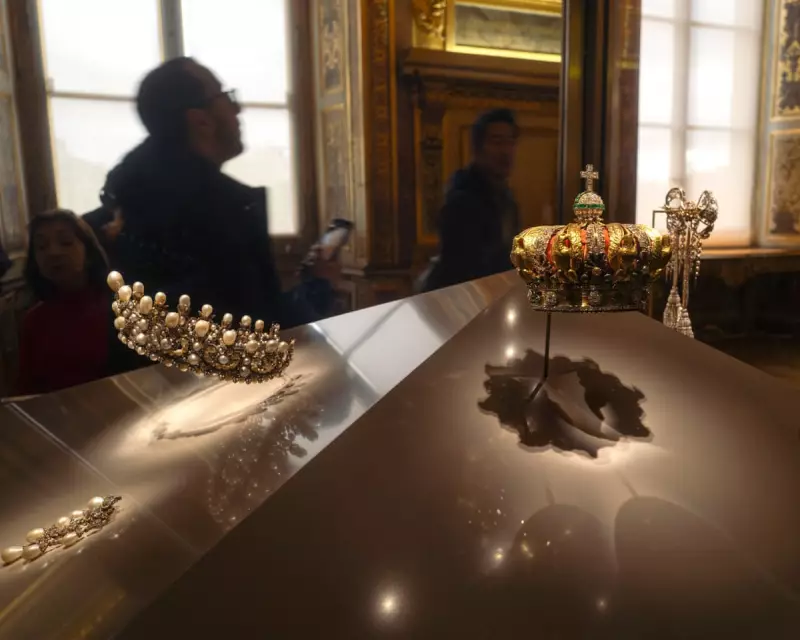
In a bold declaration of republican values, France has unveiled a groundbreaking exhibition of its historic crown jewels at the Louvre Museum, transforming symbols of monarchy into emblems of democratic power.
A Republic's Reckoning with Royal History
The stunning collection, once reserved for coronations and royal ceremonies, now stands as public property in what commentators are calling a profound statement about the nation's identity. This carefully curated display represents France's ongoing journey from absolute monarchy to modern democracy.
The exhibition features legendary pieces including the Regent Diamond and Saint Louis's Crown, each with centuries of history woven into their glittering facets. Yet their presentation deliberately avoids glorifying the monarchs who once wore them, instead focusing on their significance as national treasures belonging to the French people.
Symbolism Beyond Sparkle
This isn't merely another museum exhibition. The timing and presentation carry deep political significance. By placing these jewels in the context of republican achievement rather than royal privilege, France makes a powerful statement about where true sovereignty lies.
The display coincides with ongoing debates about national identity and the preservation of revolutionary ideals in contemporary Europe. It serves as a reminder that democracy, not divine right, governs the nation.
From Throne Rooms to Public Galleries
What makes this exhibition particularly remarkable is its deliberate departure from traditional presentations of royal regalia. Visitors won't find elaborate recreations of coronation ceremonies or hagiographic treatments of monarchs. Instead, the jewels are presented as artifacts of a system France consciously rejected.
The exhibition text emphasizes how these objects, once symbols of immense personal power, now represent the collective heritage of a nation that chose to govern itself.
A Modern Republic's Ancient Treasures
France's relationship with its monarchical past remains complex. While proudly republican, the nation preserves these spectacular jewels as part of its historical narrative. The current display strikes a delicate balance - acknowledging the artifacts' royal origins while firmly situating them within the story of French democracy.
This approach reflects a mature democracy comfortable enough with its identity to examine all chapters of its history without compromising its foundational principles.
The exhibition has already sparked international interest, prompting discussions about how nations reconcile glorious but undemocratic pasts with present values. For France, the message is clear: true national treasure lies not in crowns and sceptres, but in the enduring power of republican ideals.





